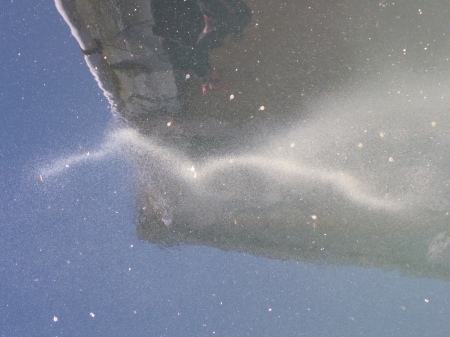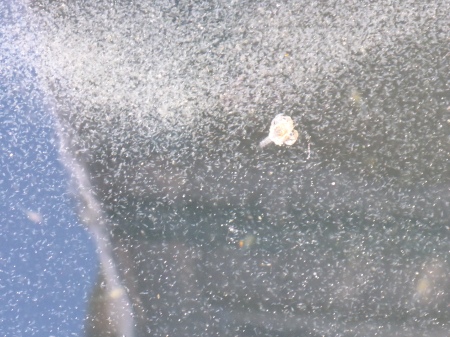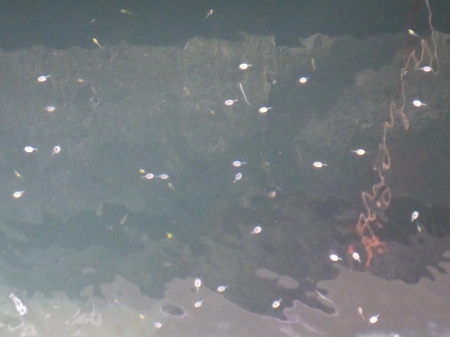
Second year Marine Science students wrote the second of two papers this morning to complete their IB exam. It has been a wonderful two years – thank you!
At the same time the students were writing their exam, there was a swarm of plankton around the Pearson College dock:


I think that the zooplankton were here to wish the students well!

Many Dungeness crab megalopae have been hanging out around the dock for the past few days (helping the students revise?!).
To the Year 43 Marine Science students: I wish you all the best as you drift on out of Pedder Bay and I hope that the winds and currents are favourable so that you can drift back again some time!





















